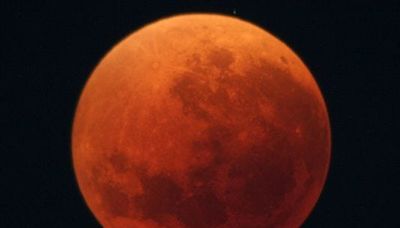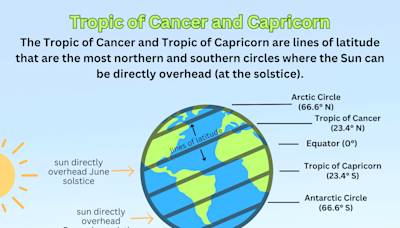Search results
A solstice is the time when the Sun reaches its most northerly or southerly excursion relative to the celestial equator on the celestial sphere. Two solstices occur annually, around June 20–22 and December 20–22. In many countries, the seasons of the year are determined by the solstices and the equinoxes.
Solstice, either of the two moments in the year when the Sun’s apparent path is farthest north or south from Earth’s Equator. In the Northern Hemisphere the summer solstice occurs on June 20 or 21 and the winter solstice on December 21 or 22.
Mar 12, 2024 · A solstice is an event in which a planet ’s poles are most extremely inclined toward or away from the star it orbits. On our planet, solstices are defined by solar declination —the latitude of Earth where the sun is directly overhead at noon.
Aug 10, 2017 · The summer solstice is the longest day of the year, and the shortest night. In the Northern Hemisphere it takes place between June 20 and 22, depending on the year. In 2023, summer solstice...
Jupiter orbits more slowly; an equinox or solstice occurs there about every three Earth years. Mars, Saturn, and Neptune have tilts similar to Earth’s: the values are 25.2, 26.8, and 28.3 degrees, respectively. At the equinoxes on Saturn, the planet’s famous rings appear edge-on as seen from Earth.
For the Northern Hemisphere, the official summer season starts on June 20 or 21, depending on where you live, with the arrival of the summer solstice. So what is a solstice, exactly?
Dec 19, 2023 · What is the winter solstice? Here’s what you need to know. Once a year, an astronomical alignment ushers in this seasonal change. The solstice is celebrated across the world—and shrouded in myth.






































